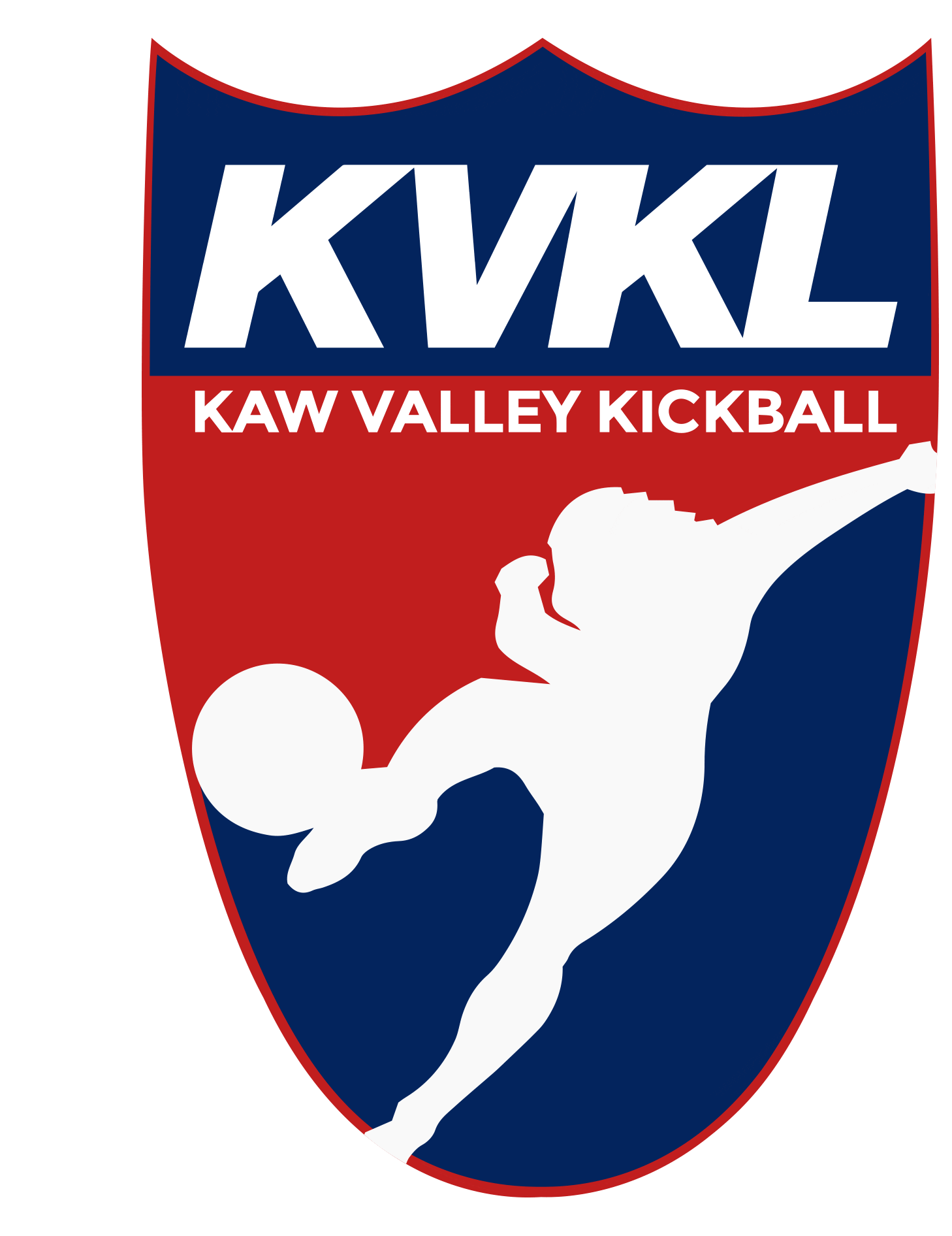Are you short a few players this week? Are you having a hard time finding a team to scrimmage against? Fear not, I have a cure for all of your kickball ills. And it’s as simple as 3 on 3 on 3 on 3 kickball. That sounds weird right? That’s because it is. But it’s also a ton of fun. Here’s how it works:
Depending on the number of players you have, this game can be played in a number of different ways (3 on 3 on 3 on 3, 4 on 4 on 4 on 4, 5 on 5 on 5 and everything in between). NOTE: If you have 18 people and aren’t playing 9 on 9, simply sit down, drink a beer, reboot, and reconsider your commitment to being a human being on Planet Earth.
The ideal minimum number to start with is no less than 12 people. This is so that each team of three has three kickers and also has nine defenders to kick against (Note that with 12 there will either be no Catcher or no Rover, your call). Start by evenly distributing the players into four teams of three – counting off, selecting captains, etc. Really, you can do it however you want as long as you’re cool with the squads. If you’re not cool with the squads, arm-wrestle.
Teams are designated by names/numbers/colors etc.: Teams 1-4 or Teams A-D…you get the point. Designate a team kicking order: Team 1, 2, 3, 4. And repeat.
All normal kickball rules apply. Each team will kick until they get three outs. In the event that all 3 kickers are on base (1st, 2nd, and 3rd), a ghost runner*** may be used.
After the kicking team gets 3 outs, the next designated team will kick. The rotation continues until the inning is complete. In this 4 team scenario, there are 4 quarter innings as opposed to the 2 half innings in a regular game.
It’s really that simple. The short and sweet of it is that you will essentially being playing with a high octane offense where you kick every forth time (with a team of 3). After your team gets 3 outs you will be on defense for 9 outs (while all three of the other teams kick).
Variations:
4 on 4 on 4 on 4:
There is no need for ghost runners because it is impossible to have four players on base at the same time. You can either play with 12 defenders or rotate with 2 of the 3 defensive teams designating a player to sit out defensively for each quarter inning.
5 on 5 on 5:
Kicking for 3 outs, then on defense for 6 outs. 5 kickers, 10 defenders.
Uneven Numbers, Teams of 3 and 4:
Teams with 4 players will designate one of their players to be the Catcher while they are kicking UNLESS there are enough defenders to field every position. If there are enough defenders then the teams simply remain uneven. Make sure that teams are not kicking against more defenders than other teams if you are concerned with fairness. Some players may have to rotate and sit out on defense.
______________________________________________________________________
***Ghost Runner:
For those unfamiliar with this term, a ghost runner is an imaginary base runner who is occupying a position on base because there are not enough players to occupy the bases themselves. Ghost runners are always the runners who are the farthest from home plate from a base running perspective. Real players move up to occupy the most advanced bases when shifting because someone on that base has to kick. This means that if the player on third base is up to kick, the player will go to kick as usual and all other runners will advance to the farthest occupied bases. Imagine a team of three where everyone gets on base with a single; bases loaded, no one to kick. In this scenario the runner at third base is now up to kick. The runner at 2nd base will advance to 3rd base and the runner at 1st base will advance to 2nd base, leaving 1st base unoccupied where a runner should be. The imaginary runner accounting for this runner is called a ghost runner. You are not required to use a ghost runner and can simply leave 1st base unoccupied (meaning there would be no force outs for the runners at 2nd and 3rd – this should be established before play so it is uniform for everyone. Also, ghost runners, while tricky, keep the game flow similarly from a defensive perspective; force outs stay intact, etc.) In the event that you do use a ghost runner, the ghost runner only moves as fast as the runner behind it. I.e., the kicker kicks an infield ground ball and is running to 1st base with a ghost runner starting at 1st base. This creates a force at 2nd base for the ghost runner. If the ball reaches 2nd base for the force out before the kicker reaches 1st base, the ghost runner is out. Unfortunately, you cannot tag a ghost runner out. Why you might ask? Well, it’s because he is a ghost and he went through the ball and actually slimed you even if you didn’t feel anything. Trust me. That being said, a ghost runner only runs on a force play. You cannot assume that your ghost runner is related to Neon Deion and ran from second to home on your bunt in .6 seconds. This is not a novel idea. Someone has tried it before you.
